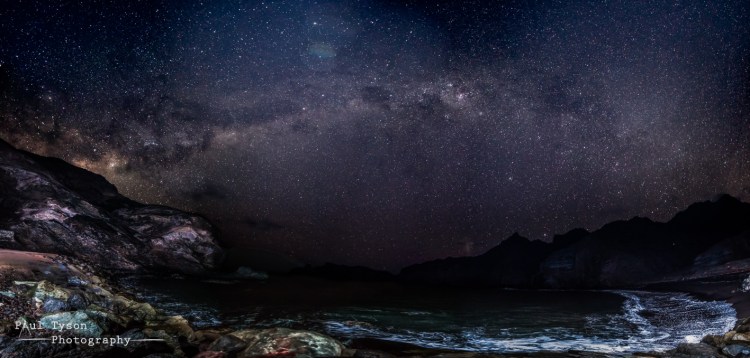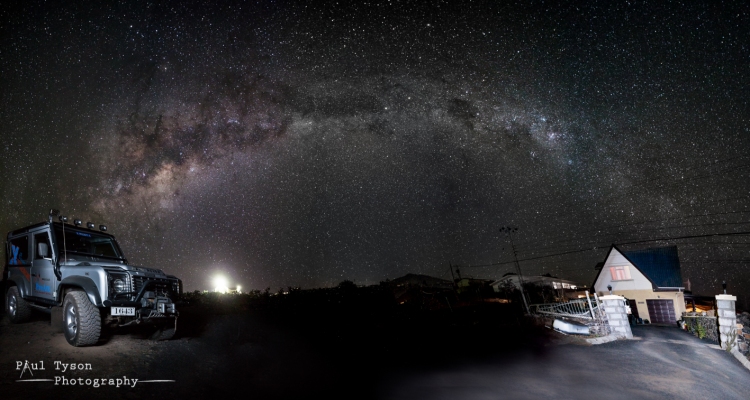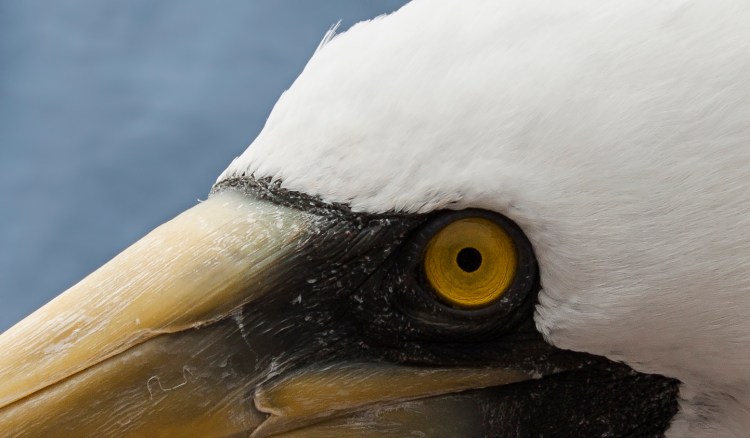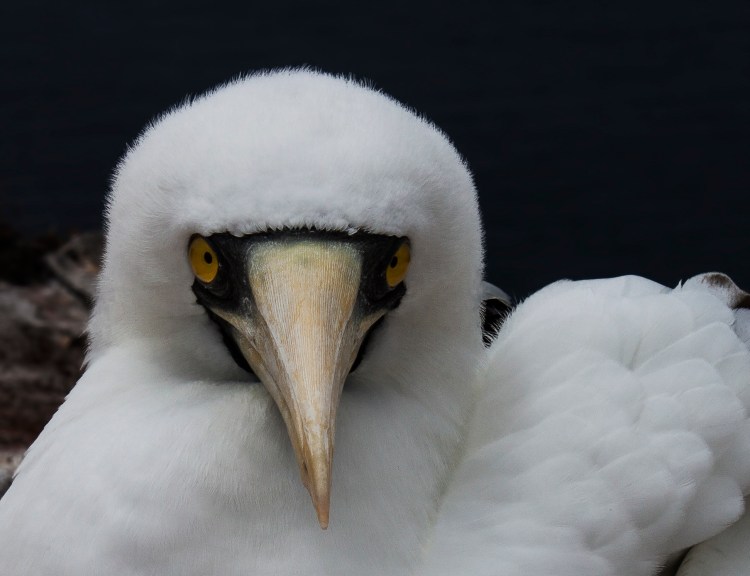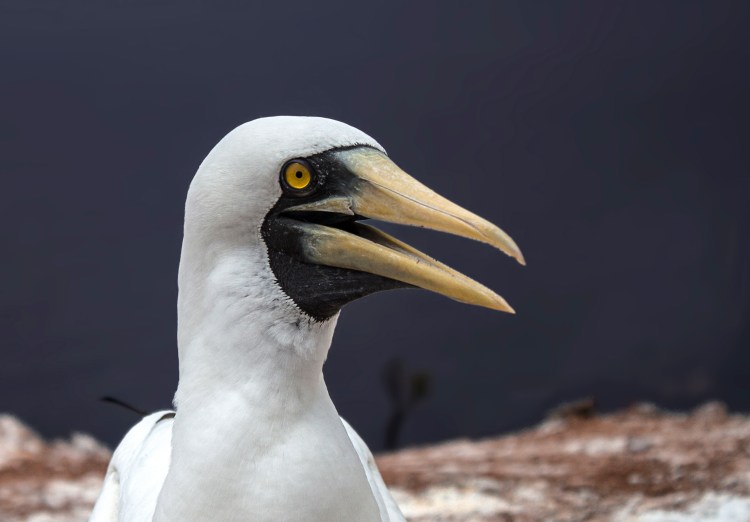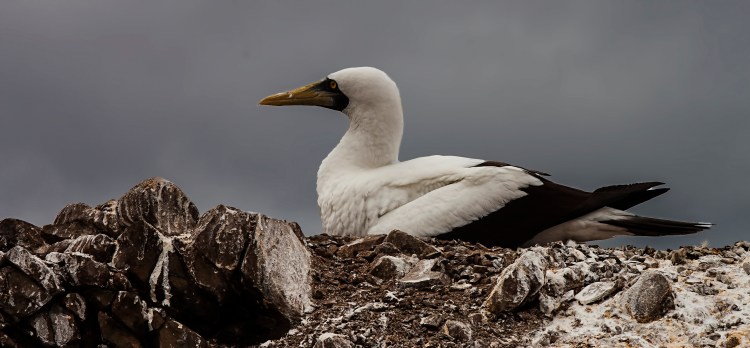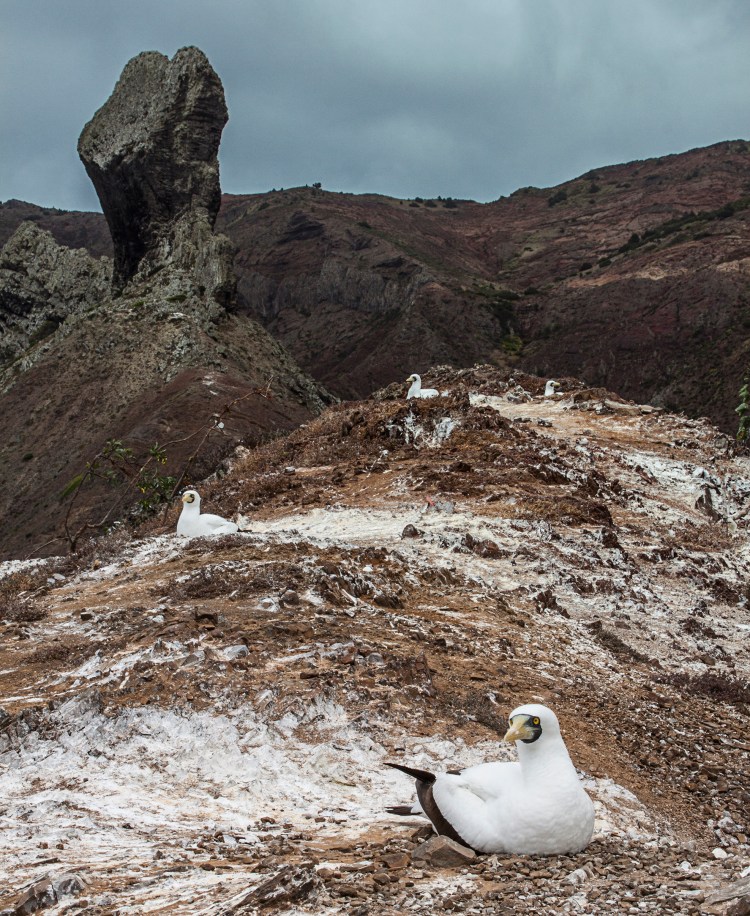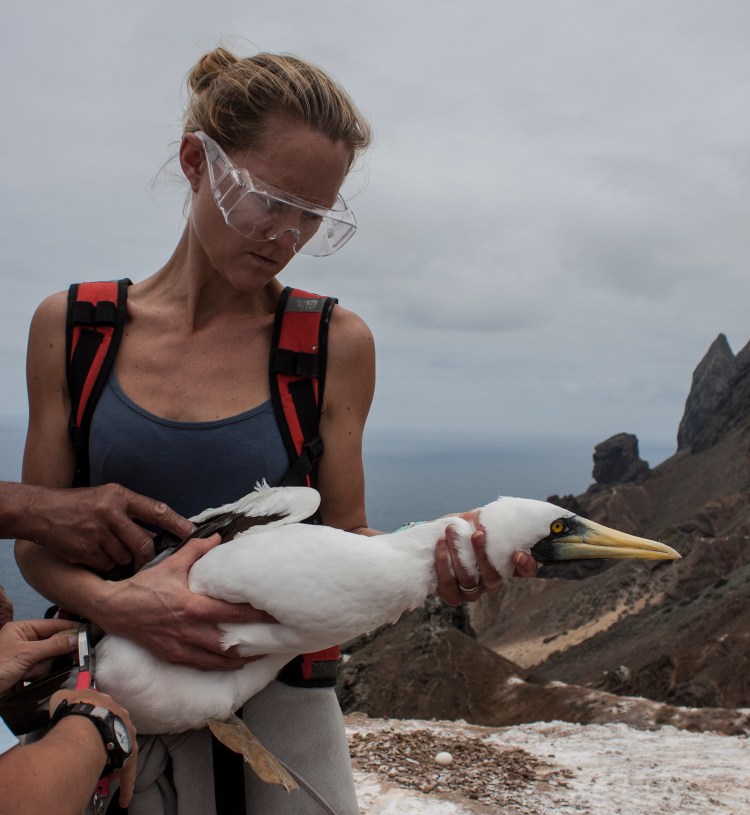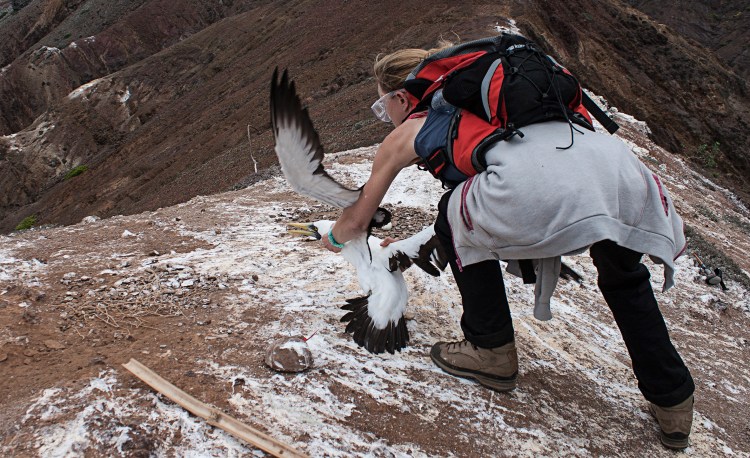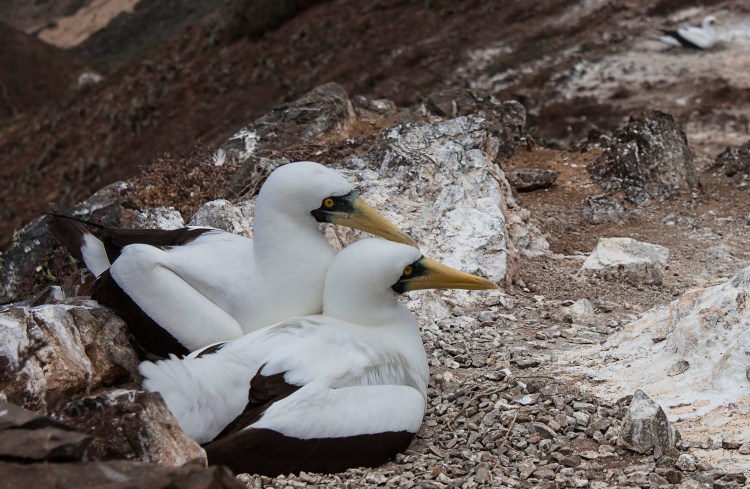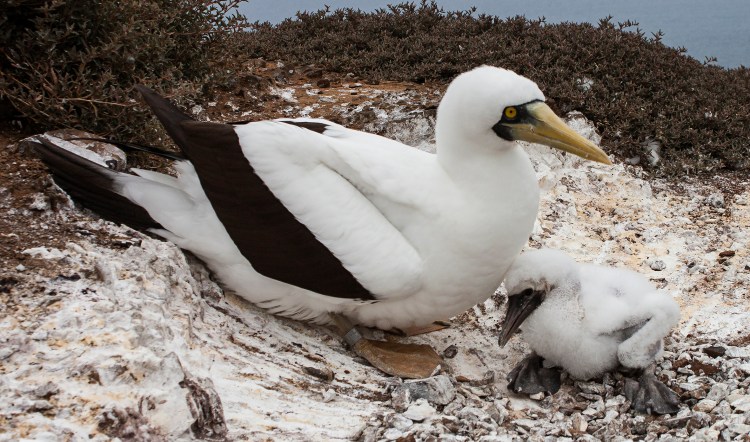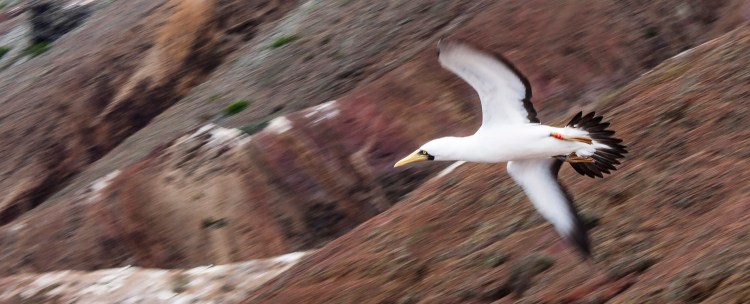Lot, is a huge pillar of rock, shining silver and emerging like Excalibur from the surrounding brown earth. Lots wife, is the nearby wife of Lot, a smaller pillar, eroded at the base such that its top appears as though it could topple at any moment. The ponds are the sheltered natural swimming pools that have formed on the wave cut platforms below Lots Wife, protected from the wild Atlantic ocean by huge walls, a seam of hard wearing rock now forming an impenetrable barrier to the relentless waves. Lots Wife Ponds were also the destination for Bev and I, on our first twenty four hours on our own, without the children, for over six months.
Good friends and regular babysitters Suzanne and Mike have become something of life saver to us, looking after our boys on a regular basis when we both dive or, in this case when we need to find some time for us, to remember that we are a couple, in love and not just here as servants to the needs of our children, (or employers). And so in quintessential Tyson style instead of resting, relaxing or some romance, Bev and I took to a 9km round trip across rugged terrain in 28C heat to find the ponds, a much talked about beauty spot of the Island.
The walk to Lots Wife ponds features in the post box walks, a series of tourist trails across the Island, graded for their difficulty in both effort and technical difficulty. Having tried some low grade walks with the boys, Lots Wife Ponds sits at the upper end of the scale, with a grade of 6/10 for effort, and 8/10 for technical difficulty. And such we set out, across the wide flat dry river bed of broad gut and up the zig zagging path of and old cart road across the steep sided scree slopes beyond. Broad Gut, the Gates of Chaos, Frightus Rock and other aptly named peaks, ridges, valleys and gorges form the Sandy Bay National Park, an area that inspires awe as the Mars like landscape, scarred into volcanic rocks rises in reds, oranges and purples to the lush green slopes of High and Diana Peaks and the central ridge. Formed during volcanic eruptions some 14 million years ago this now dry and barren surface was once green with trees and plants found no-where else on earth. The arrival of goats on the Island in the late 1500s led to severe deforestation and hundreds of years of rain and driving Atlantic winds have scoured sharp ridges like daggers across the unprotected rock, forming a Lord of the Rings landscape.

Start of the walk up from Broad Gut

Our route, upwards!
The path is well marked from the feet of other intrepid explorers, and of countless years of fishermen and donkeys and leads us upward, winding across steep valley sides ever on to a ridge we can see in the distance. As other parents will know, when you have children and have the opportunity to relieve yourselves of them for a day you have to take your chances, and as such we pressed on in the less than ideal conditions. Dry and extremely hot, the winds blowing up from the blue waves below us provided welcome rest bite from the burning afternoon tropical sun. As our car disappeared into the distance and the blue waters of Sandy Bay became obscured by rocks of red and orange we finally arrived at our highest point, a ridge providing extraordinary views of Broad Gut behind and the rocky cliffs of Asses Ears, Gorrila’s Head, Man o’War Roost and of course Lots Wife loomed high above us.

Gorilla’s Head is the square shaped rock on the right hand side, with one of the Asses Ears above it

Descending from the ridge we encountered our first “technical” section, a narrow, loose path with a steep drop to our left. Although not overtly daunting, the presence of a fixed rope at this point is welcoming, reassuring to know that we are on the right track, and that the reportedly difficult final section may be equally well protected. As we descended, clear white lines of guano could be seen on the finger ridges that slope off from the main cliff side peaks. Sitting below the ridge where Bev and I had the great pleasure of helping to tag and record Booby nests some months before, we found ourselves on the lower ridges, where the secondary team had worked that day. We pass by a nest and chick now almost fledged and a far cry from the eggs and newly hatched fluffy grey chicks we had encountered back in October. By this time of the day booby’s can be seen returning to their nests, bringing food to hungry chicks from a day’s foraging. These striking white birds fly like a red arrows display team in acrobatic lines to various white target points marked upon the red rocks.

Masked Booby and chick,

Bev looks on at the chick and its parent.
We arrive at our next way point, an arrow marking the way to, “Lots Wife Ponds” in stones on the ground. Curiously, pointing in the opposite direction we find marked the words, “Fizzled me”. Although curious and with a strong desire to be fizzled, we continue our path to Lots Wife Ponds. Further on and still some 50m above sea level we came to the curious white sands of a former beach, apparently blown up the valley gulley’s and deposited up the slope. A beach that over millennia had become compressed to form rock, sandstone, was now being eroded and weathered back to whence it came and into a beach. After fifty minutes of walking, we reach the post box, a white tube containing a visitors note book and a stamp to mark our trail book as proof that we had completed the walk.
At this stage we were a little underwhelmed by the technical difficulty of the walk. Having spent many good times amongst the infamous ice covered ridges of Crib Goch in Snowdon, I am perhaps not an average walker, but in comparison to our other low grade walks I was still expecting something more of a challenge from our grade 8’er. Perhaps the “optional extra” beyond the post box and down to the ponds themselves would provide the challenge. Alas we would remain disappointed, undoubtedly a bit of a nervous scramble under normal conditions, the last two steep descents are provided the safety of strong and well placed ropes giving secure hand holds to counter any loose footsteps.
And so it was we reached our destination, Lots Wife Ponds. A huge pillar of rock greeted us to our left, the gap between it and the cliff face providing views of an elevated and tranquil pool. To our right, waves surged into a gully, racing up and increasing in size before spilling over into a second, lower, and somewhat turbulent pool. The sounds of huge waves bellowed against the rock wall that had now become apparent at the edge of this rocky platform, holding back the Atlantic on one side, and holding in our tranquil swimming pools on the other.

The more choppy of the two ponds. The rock wall which holds back the Atlantic can be seen on the left of the image, but the wall has been breached on the right.

Water surges up the gulley through the gaps in the natural barriers.



Knowing we were short on time we stripped to our swimwear and waded into the most still of the two waters. The water appeared cloudy, and green, our became feet sore with sharp snail shells under foot was we crossed the rocks to reach the waters. Was this the beauty we had been promised? As I moved into the water the sandpaper rocks gave way to soft velvety algae covered slopes, rounded by years of waves splashing ashore and softened by a thick layer of cushion soft seaweed. The water was warm, incredibly warm, like walking into a bath. I could see fish further out, but wondered how they could be surviving in such unusually hot conditions, easily 35C plus. As I moved further into the pool the answer became apparent as my feet suddenly felt a severe chill, enough to make an involuntary squeal come out of me. The hot sun beating down on the pool had created a thermocline, a sharp transition from hot, saline water above to cooler water below. Donning my mask I dived out and down, across to the deeper part of the pool and down through the hazy mirage of the thermocline and into the cool, clear waters below. Reversing the previous experience, my feet now warm and head cold, I delighted like a small child in this amazing experience with fish swimming all around me, trapped to the bottom of their pool by the warm waters above them.
Having not seen a single soul on our entire journey, and feeling secure that we would not be disturbed, I longed to remove all my clothes and enjoy the freedom of skinny dipping in our own slice of paradise. Nerves and British restraint however got the better of me, and the five finger fish, parrot fish and surgeon fish were all saved any embarrassment, and starved of a potential meal. We moved to the second, lower and cooler pool, bouncing up and down with the waves that crossed the waters as each new breach from the Atlantic squeezed its way through a gap in the wall in the distance. In no danger we swam amongst the fish and revelled in the pools and gullies.
With time running short we dried off, regrettably having to leave our little Eden behind. But not before I ventured onto the rock wall to witness the Atlantic below. Very aware of the spray shooting upwards some 20ft and the deep, bellowing of air being trapped and squeezed upon this natural barrier I cautiously climbed up the wall and poked my head up above the parapet. Gaining in confidence I could see the concave wall, worn away at its base and now forming the curve so commonly seen in man-made breakwaters. Waves hitting the base of the wall were deflected in a huge curve back out to sea. The power was extraordinary, 15ft waves booming and shaking, punching at the wall and then sucking back, as if trying to pull the wall down, angry, determined and relentless, and yet the unyielding wall stood firm, protecting Bev and I and stopping the waves from cutting down yet more of St Helena’s cliffs.

We had to leave, we packed our bags and once more started to climb the steep sides of St Helena’s Southern Cliffs. The sun was setting, lights streamed through gaps in the rocks, creating striations of black and orange. The green slopes on the central ridge came into view in the distance, like an oil painting of colour, the greens of the peaks framed by deep blue above and orange, purples and reds of Sandy Bay amphitheatre below.

Steep sides erroded valleys of Sandy Bay National Park

Lots Wife re-emerges on our return walk.

Steep sides erroded valleys of Sandy Bay National Park

The sun streams between the gap of the twim peaks of Asses Ears

Dianas and Cucolds Peaks with Sandy Bay below.

Dianas and Cucolds Peaks with Sandy Bay below.

Dianas and Cucolds Peaks with Sandy Bay below.
As were traced our footsteps I knew I had to return, I needed to witness the light streaming up Sandy bay and waking up this extraordinary Island at Sun Rise. I shall return, I shall return with my camera and, at 5am, perhaps without my swimwear

